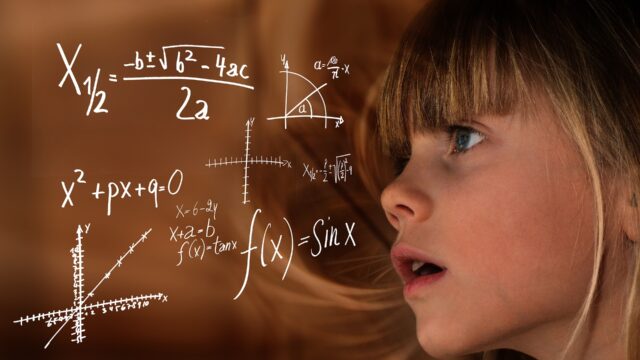
We live in an exceedingly rich information culture. Indeed, the amount of information exceeds the capacity of our individual brains to process it by orders of magnitude. Not only is factual-based scientific information being collected at prodigious rates, but the amount of non-factual disinformation created by our culture matches its rate. Reality-based information and its imaginary counterpart are apparently not sufficient content providers, for we are now considering developing a metaverse—a universe of infinite made-up possibilities. While human imagination is a source of all these creative outbursts, problems occur when there are no boundaries to its unconstrained nature, no checks on counterfactual thinking, no testing to see whether ideas are true. When we think up stuff and assume it is real, it creates the singular psychological basis for human suffering. Humans have known this insight for thousands of years and yet we march on, like a devastating tsunami obliterating everything on its path or like lemmings on our way to our own destruction.
The driving energy behind this is a mind that lives in scarcity, that is constantly dissatisfied, always searching for more to fill a bottomless emptiness. It is this unfulfilled emptiness that makes us addicted to information, to the content of what our mind can experience. For, while we attend to this content, it prevents us from looking at the core of this emptiness. Such a possibility seems too frightening to consider and so we develop more and more content to distract us. The American social scientist Herbert Simon wrote: “The wealth of information means a dearth of something else—a scarcity of whatever information consumes. What information consumes is rather obvious: it consumes the attention of its recipients.”
Human attention comes in short supply, and when the information it consumes overwhelms it, there is nothing left to attend to our unfulfilled nature. The only antidote to this devastating tsunami of human experience is to become quieter and more intentional. A time of silence occurs when we stop furiously examining the content of our conscious mind. What we discover when we turn from noise to silence is that what we feared, the emptiness we felt, is not really the bogey man we envisioned, but a unique source of nourishment unlike anything ever experienced. We briefly touch what Christ called “the living water” or others refer to as the “I AM.” Silence is one of the few remaining ways we express a widespread, shared experience of sacredness.
The more we drink from this silent emptiness, this living water, the less dissatisfied we become, the less we are interested in the content of our consciousness. Instead, we become more interested in that which contains it all: consciousness itself. We lose our addiction to information, and at the very end of such a process, we identify with the silence itself, which, in fact, contains everything.

